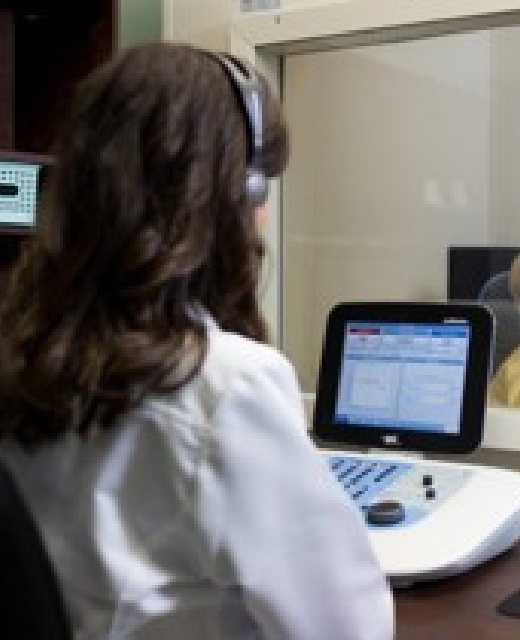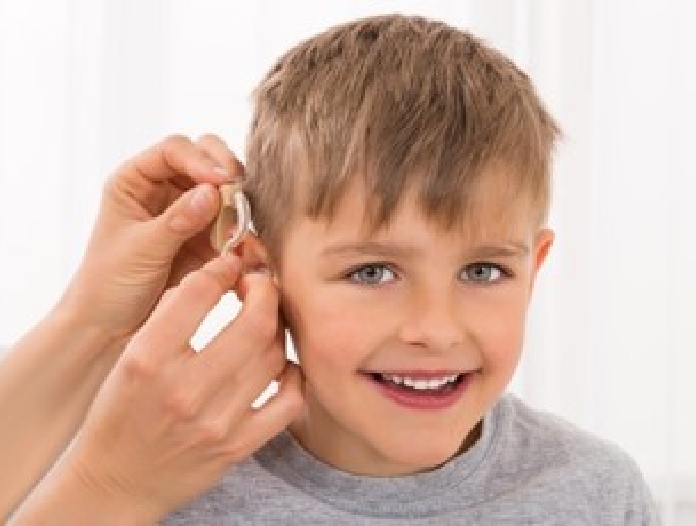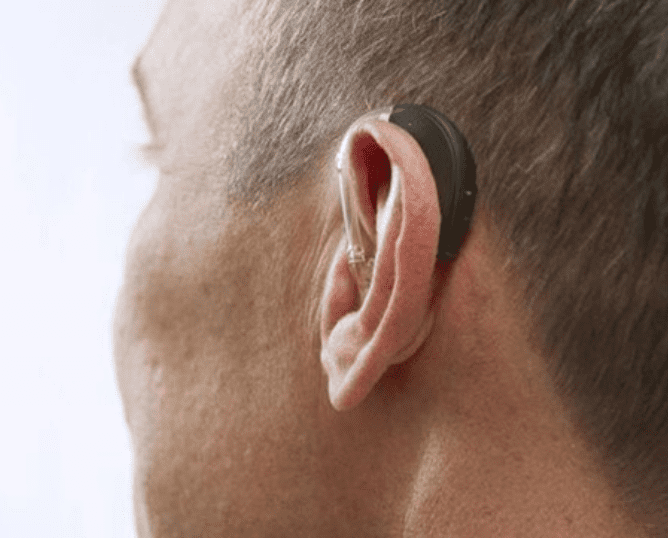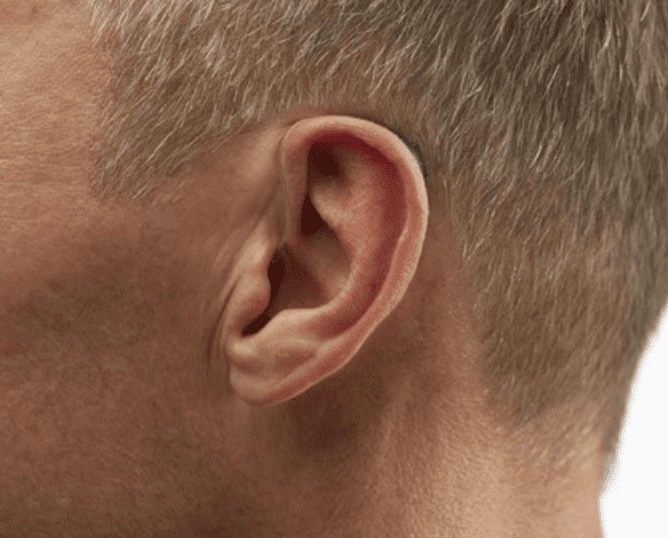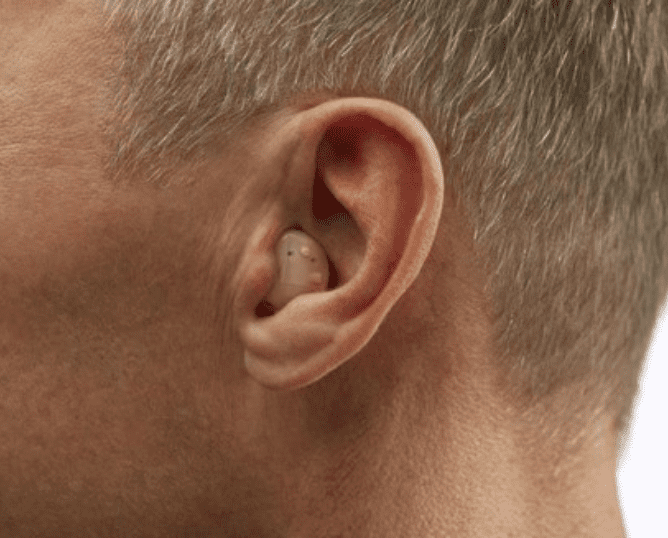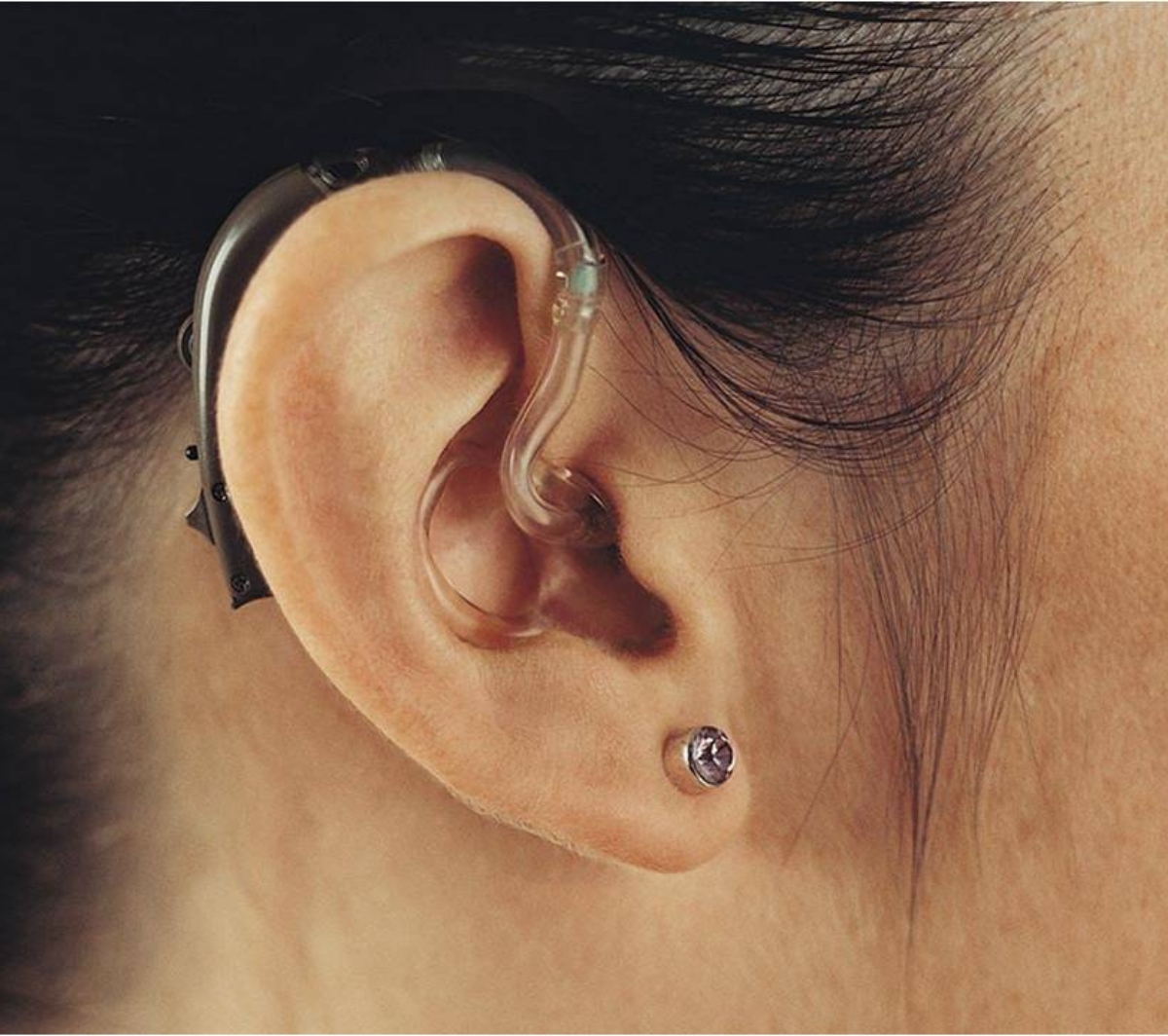
What is Bte Hearing Aid?
BTE (Behind-the-Ear) hearing aid is a type of hearing aid device that fits behind the ear and connects to an ear mold in the ear canal. It is one of the most common types of hearing aids and is suitable for individuals with mild to severe hearing loss. The device amplifies sound and transmits it directly into the ear canal through the ear mold, allowing the user to hear sounds more clearly. BTE hearing aids are often preferred by individuals who have difficulty wearing custom-fit devices or those with earwax buildup, as they are less prone to wax buildup and can be easily cleaned and maintained
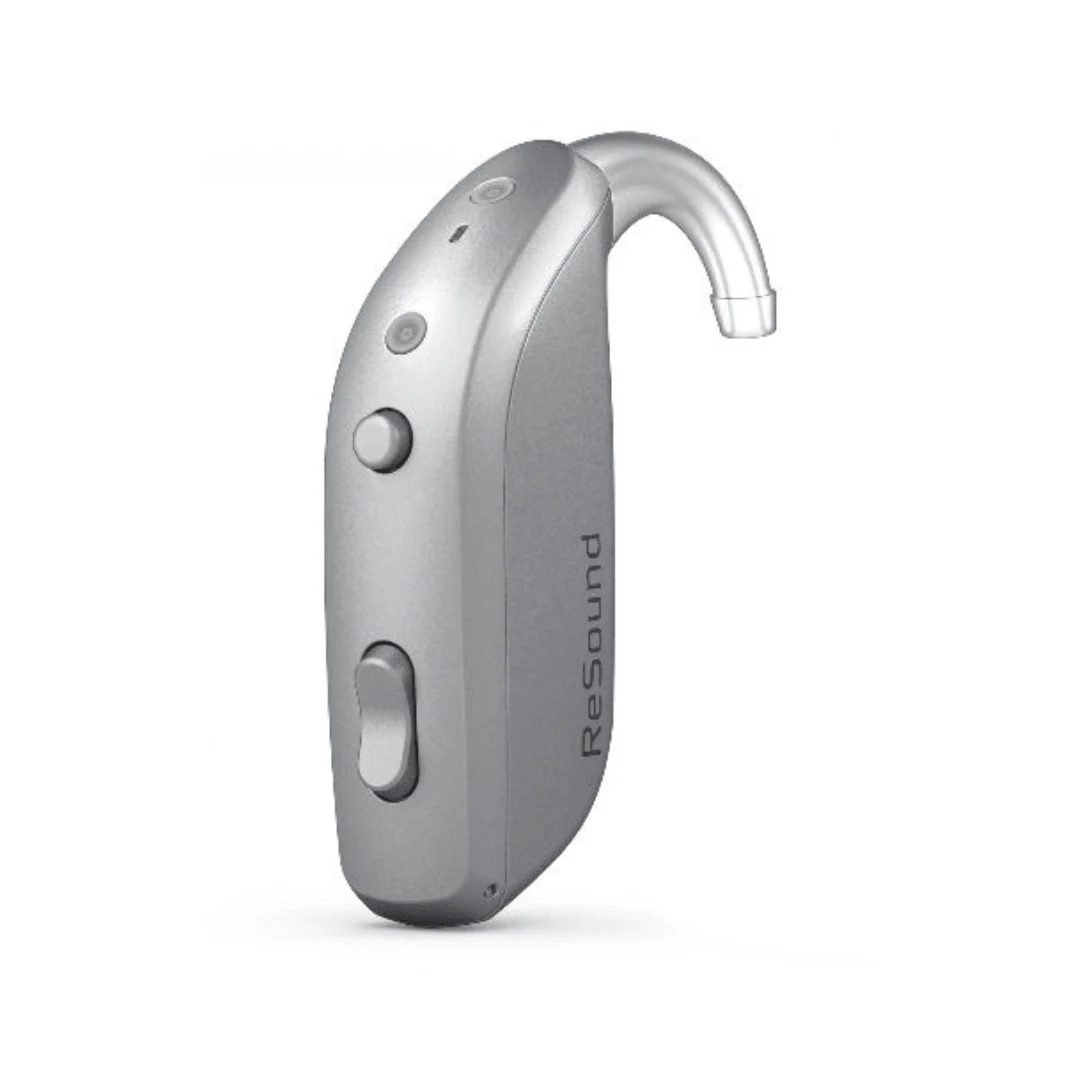
Benefits of BTE Hearing Aids
Here are some advantages of using BTE ear machines: –
- Improved sound quality: Larger components allow for better amplification and sound clarity.
- Longer battery life: Due to their size, BTEs can accommodate larger batteries.
- Versatile features: More space for additional features like directional microphones, telecoils, Bluetooth, and rechargeable options.
- Easy to handle and clean: Less delicate than smaller hearing aid styles.
- Comfortable fit: Doesn’t sit deep in the ear canal.
- Affordable: Generally, BTEs are more budget-friendly compared to other types.

BTE vs. RIC Hearing Aids
Both BTE (Behind-the-Ear) and RIC (Receiver-in-Canal) hearing aids are popular choices, but they have distinct differences.
- Larger case behind the ear houses all components.
- Stronger amplification due to larger components.
- Longer battery life.
- More features available, like directional microphones and telecoils.
- Smaller case behind the ear, with a thin wire connecting to the receiver in the ear canal.
- More discreet appearance.
- Can accommodate a range of hearing losses.
BTE (Behind-the-Ear) Hearing Aids
RIC (Receiver-in-Canal) Hearing Aids

The best choice depends on factors such as:
- Degree of hearing loss: BTEs are often better suited for severe hearing loss, while RICs can handle a wider range.
- Lifestyle and preferences: If discretion is important, RICs might be preferred. If you prioritize features and battery life, BTEs could be a better fit.
- Budget: BTEs are generally more affordable.
It’s essential to consult with an audiologist to determine the best option for your specific needs and hearing profile. They can provide a personalized recommendation and fit your hearing aids correctly.
FAQ Related to BTE Hearing Aid
Q:What is a BTE hearing aid?
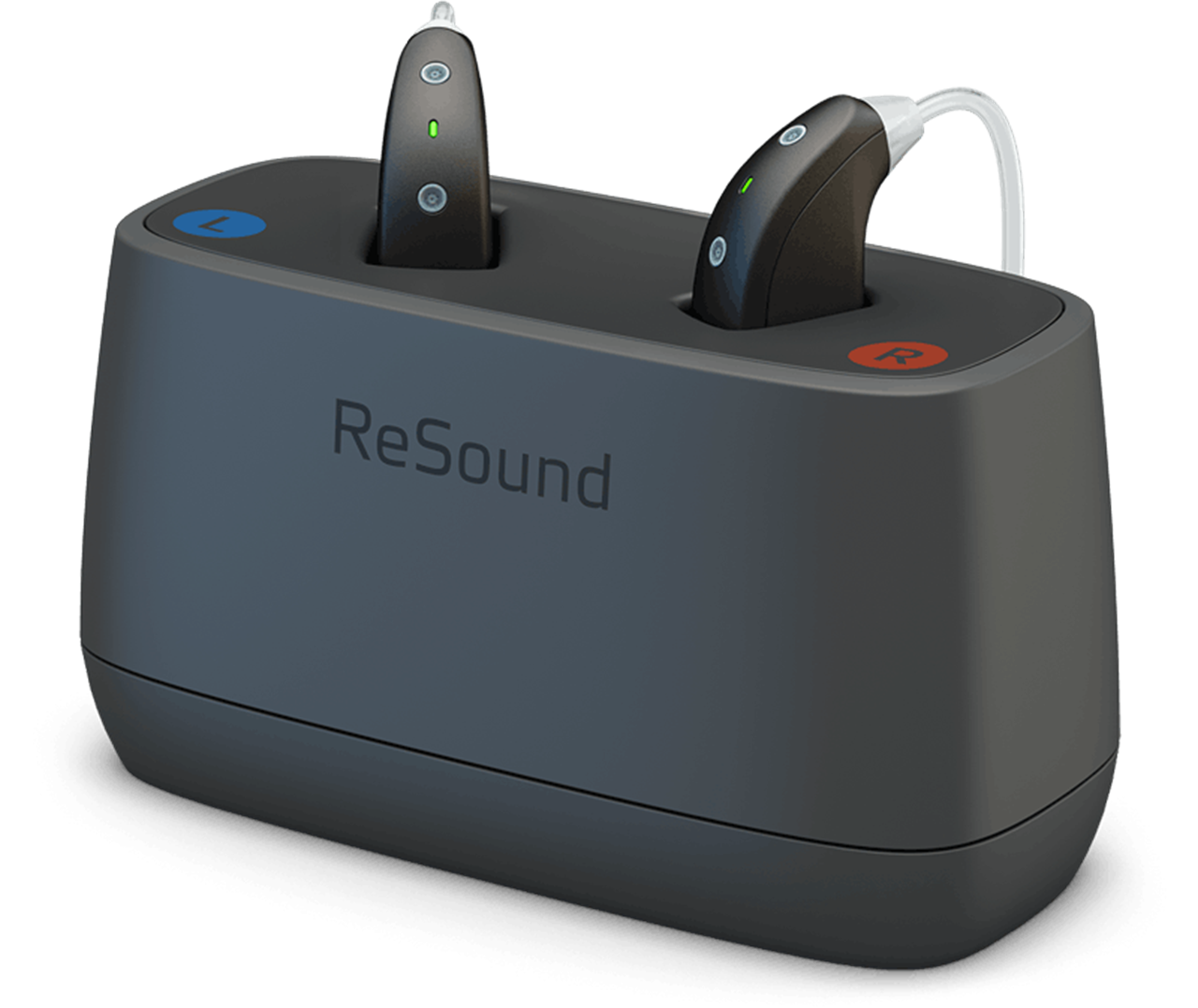
Ans: BTE (Behind-the-Ear) hearing aid is a type of hearing aid that sits behind the ear. It’s connected to a tube that goes into the ear canal.
Q:Who are BTE hearing aids suitable for?

Ans: BTEs are often recommended for people with moderate to severe hearing loss due to their ability to provide strong amplification. However, advancements in technology have made them suitable for a wider range of hearing losses.
Q:Are BTE hearing aids visible?

Ans: While not completely invisible, BTEs are relatively discreet. The main part of the hearing aid sits behind the ear, and the tube is often hidden by the ear.
Q:How long do BTE hearing aid batteries last?

Ans: Battery life can vary depending on the model, but BTEs generally have longer battery life compared to other types of hearing aids.
Q:How do I clean my BTE hearing aid?

Ans: You should clean your hearing aid daily with a soft cloth. Avoid using water or alcohol.
Q:Can I use my phone with my BTE hearing aid?

Ans:Many modern BTE hearing aids offer Bluetooth connectivity, allowing you to connect to your phone for calls and streaming audio.
Q:How do I care for my BTE hearing aid in humid conditions?

Ans:Moisture can damage your hearing aid.Use a hearing aid dryer to remove moisture and store your hearing aids in a dry place when not in use.

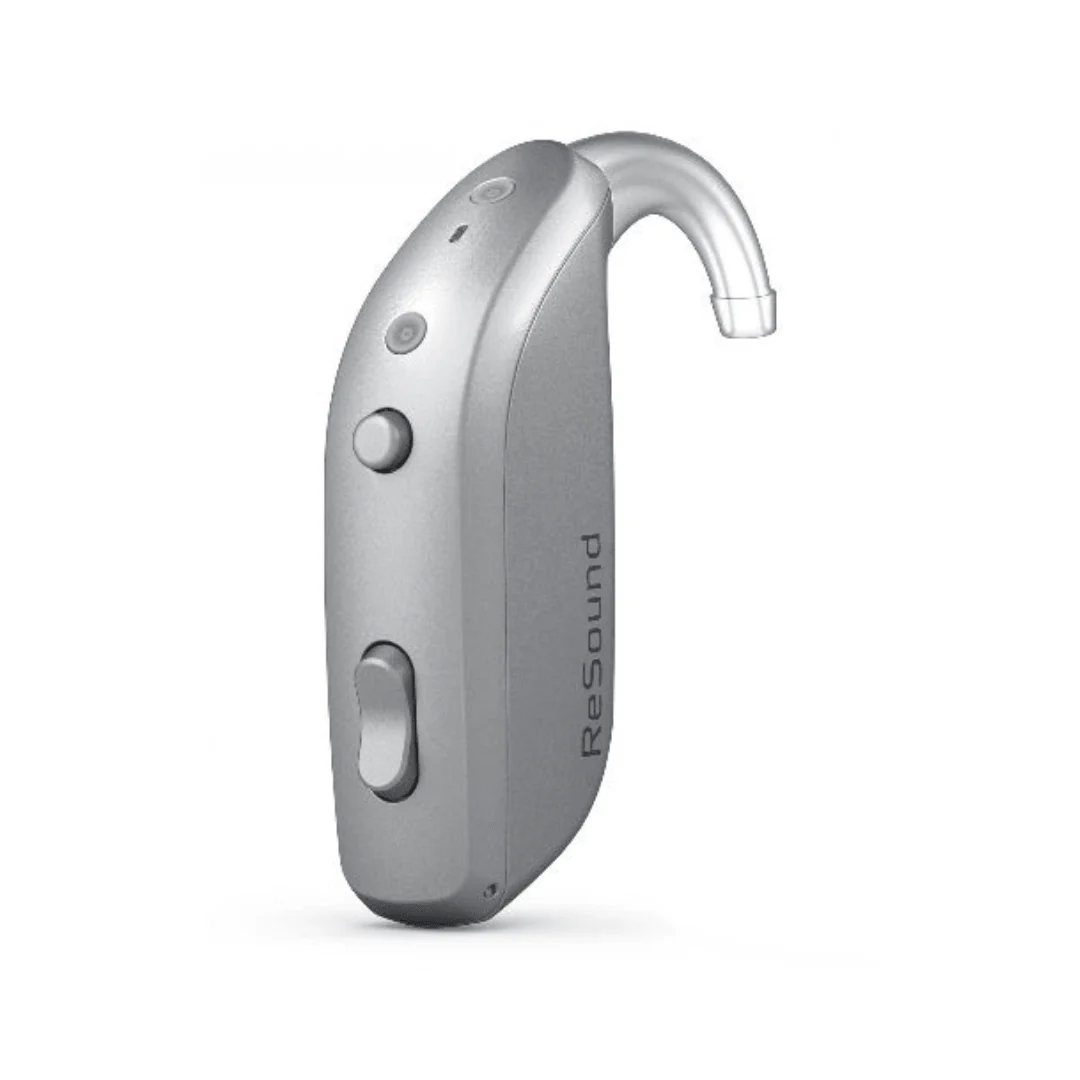












Hearing Aids
We provide a wide range of technologically innovative, programmable, undetectable, and comfortable hearing aids from leading global brands to suit all price points and Types of losses.
All hearing aids have the same components to transmit sound from the surrounding environment to your ear. However, there are numerous varieties of hearing aids that differ in size and placement in the ear. Some are barely unnoticeable since they may fit into your ear canal. Some just partially fit into your ear canal. In general, the price of a hearing aid rises with size and corresponds to its power, battery life, and size. Resound
We deal RESOUND ,PHONAK,WIDEX, OTICON, AUDIO SERVICE, SIEMENS, UNITRON, BERNAFON, and STARKEY.
